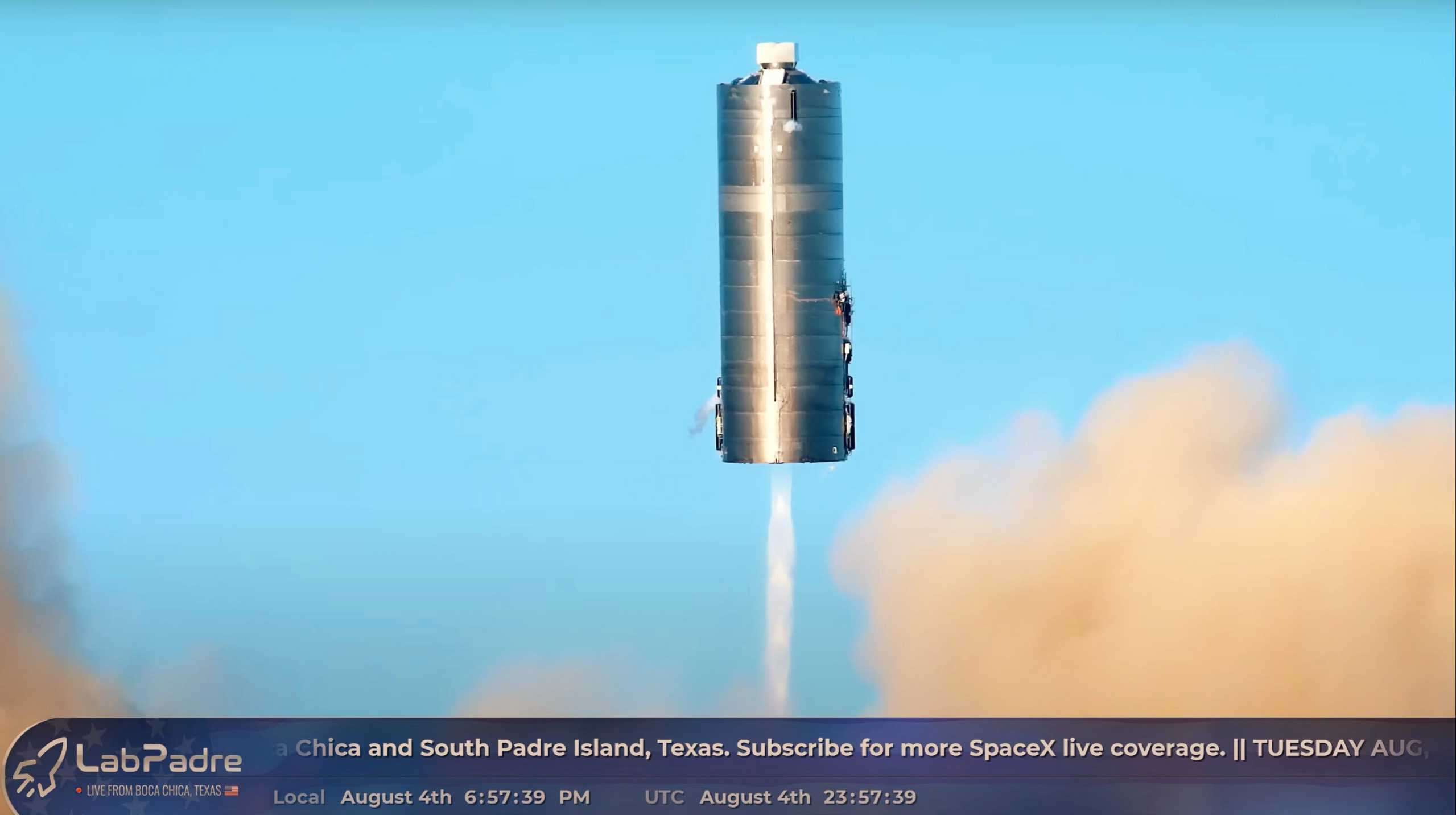
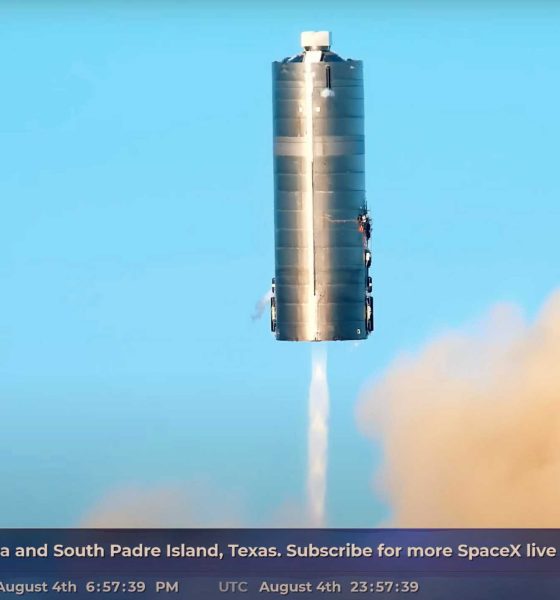
News
SpaceX Starship leaps towards Mars with picture-perfect hop debut
SpaceX’s Starship rocket has taken the biggest step towards orbit (and Mars) yet after a full-scale prototype successfully launched 150m (~500 ft) into the air and landed in one piece.
Anywhere from two to four years in the making, Starship SN5’s seemingly flawless hop debut saw the rocket carry forth a torch lit by Starhopper’s second and final flight last year. In August 2019, Starhopper completed its own 150m hop test, stunning many with the sheer oddity and unlikeliness of the achievement. Now, for the first time ever, a full-scale Starship – built with materials and methods that should translate almost 1:1 to orbital-class spaceships – has safely launched and landed.
Powered by the same methane and oxygen-fueled Raptor engine SpaceX intends to use to explore and inhabit Mars, Starship SN5’s hop debut was actually even smoother than Starhopper. Its predecessor suffered an extremely hard landing when its early Raptor engine lost power shortly before landing – a fate SN5 appears to have avoided with ease.
At this point, it’s a real possibility that SpaceX is now like the dog caught the bus – past a milestone it had not fully prepared to pass, in other words. Starship SN5’s apparent success means that SpaceX has now well and truly flight-proven the methods and materials it’s currently using to build next-generation steel rockets with. Of course, 150 meters is a drop in the bucket compared to Starship’s actual orbital destinations, but the ability to build a fully functional pressure vessel out of commodity steel and spartan facilities has always been the program’s biggest uncertainty.
With SN5 safely back on land, SpaceX can now immediately begin to work towards far more ambitious flight tests. The most notable of those tests will likely be a 20 km (~12 mi) launch followed by a bizarre skydiver-style landing attempt, second only – of course – to Starship’s first orbital launch and reentry attempts.
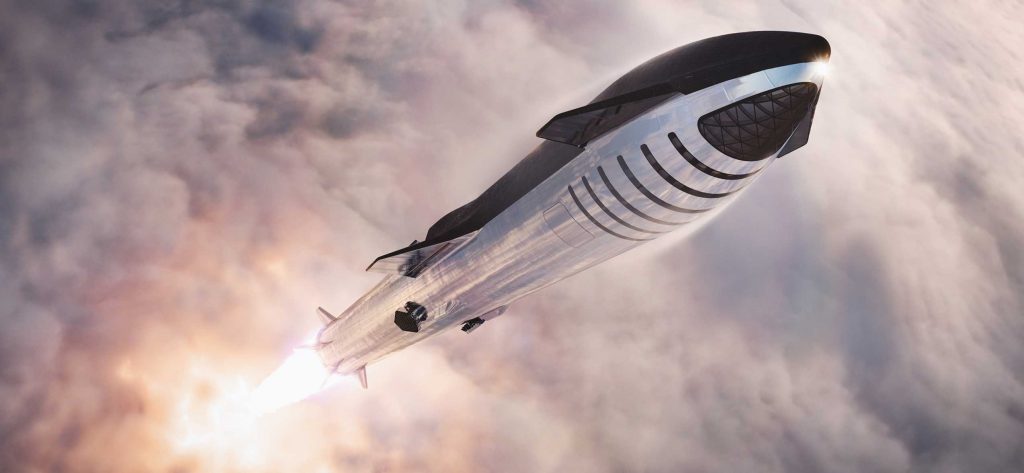
After weeks of attempts with SN5 alone and another seven months of work with prototypes SN1, SN3, SN4, and three smaller test tanks, Starship’s successful full-scale hop debut is simultaneously unsurprising and almost impossible to believe. Notable is the fact that even after today’s roaring success, SpaceX appears to be hard at work building a new Starship – SN8 – out of an entirely different steel alloy designed to make the rockets even sturdier than they already are.
According to NASASpaceflight.com, Starship SN8 will be the first full-scale prototype to have a functioning nose and aerodynamic control surfaces installed and will attempt the aforementioned 20 km “skydiver” recovery and landing test. SpaceX could begin stacking SN8’s components at any moment.
The fates of Starship SN5 – and outdated-alloy-sibling SN6 – is unclear but whatever they are, they are now all but guaranteed to follow on the heels of a highly successful career.
Check out Teslarati’s Marketplace! We offer Tesla accessories, including for the Tesla Cybertruck and Tesla Model 3.

Elon Musk
Elon Musk proposes Grok 5 vs world’s best League of Legends team match
Musk’s proposal has received positive reception from professional players and Riot Games alike.
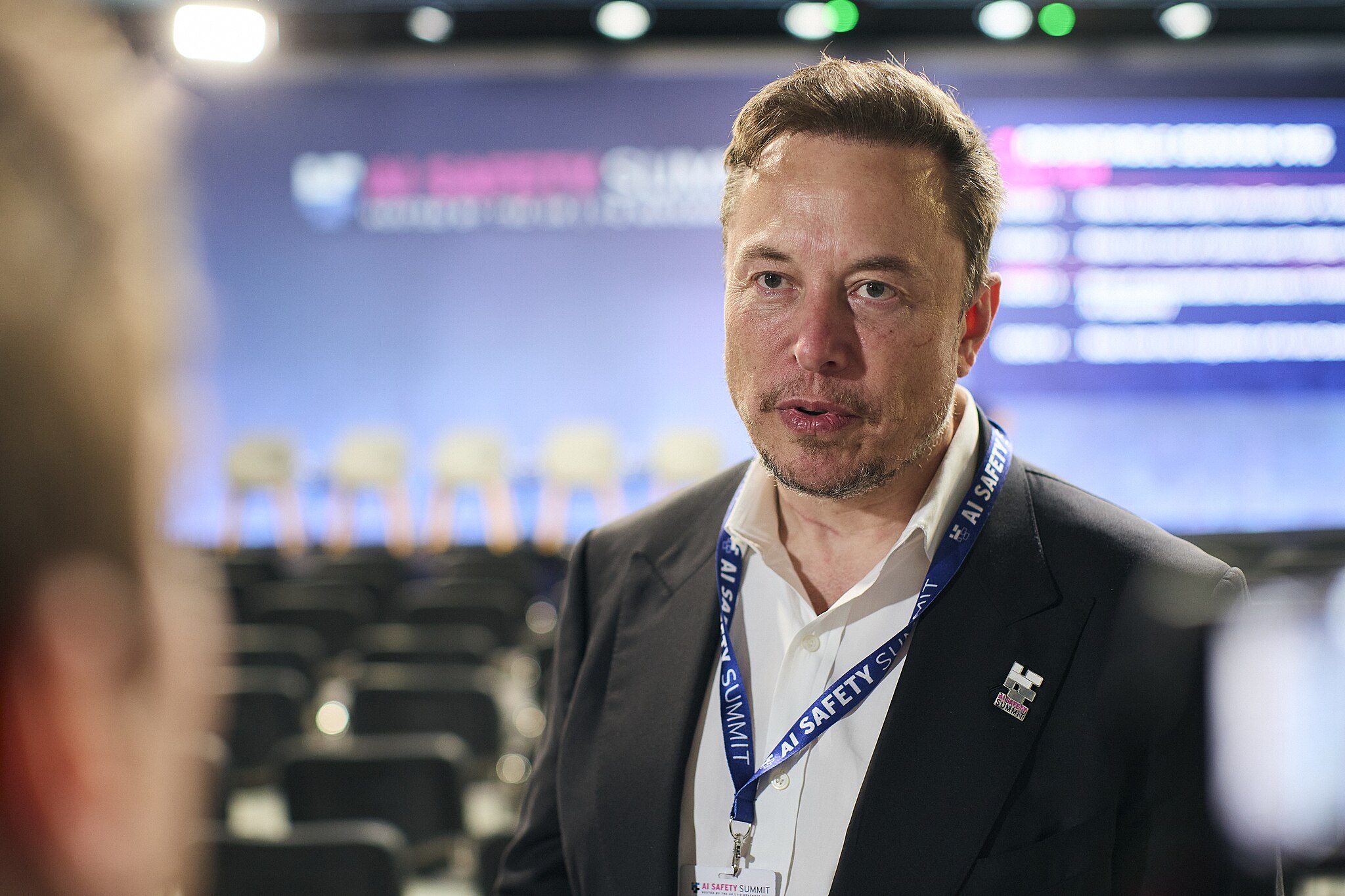
Elon Musk has proposed a high-profile gaming challenge for xAI’s upcoming Grok 5. As per Musk, it would be interesting to see if the large language model could beat the world’ best human League of Legends team with specific constraints.
Musk’s proposal has received positive reception from professional players and Riot Games alike, suggesting that the exciting exhibition match might indeed happen.
Musk outlines restrictions for Grok
In his post on X, Musk detailed constraints to keep the match competitive, including limiting Grok to human-level reaction times, human-speed clicking, and viewing the game only through a camera feed with standard 20/20 vision. The idea quickly circulated across the esports community, drawing commentary from former pros and AI researchers, as noted in a Dexerto report.
Former League pro Eugene “Pobelter” Park expressed enthusiasm, offering to help Musk’s team and noting the unique comparison to past AI-versus-human breakthroughs, such as OpenAI’s Dota 2 bots. AI researcher Oriol Vinyals, who previously reached Grandmaster rank in StarCraft, suggested testing Grok in RTS gameplay as well.
Musk welcomed the idea, even responding positively to Vinyals’ comment that it would be nice to see Optimus operate the mouse and keyboard.
Pros debate Grok’s chances, T1 and Riot show interest
Reactions weren’t universally optimistic. Former professional mid-laner Joedat “Voyboy” Esfahani argued that even with Grok’s rapid learning capabilities, League of Legends requires deep synergy, game-state interpretation, and team coordination that may be difficult for AI to master at top competitive levels. Yiliang “Doublelift” Peng was similarly skeptical, publicly stating he doubted Grok could beat T1, or even himself, and jokingly promised to shave his head if Grok managed to win.
T1, however, embraced the proposal, responding with a GIF of Faker and the message “We are ready,” signaling their willingness to participate. Riot Games itself also reacted, with co-founder Marc Merrill replying to Musk with “let’s discuss.” Needless to say, it appears that Riot Games in onboard with the idea.
Though no match has been confirmed, interest from players, teams, and Riot suggests the concept could materialize into a landmark AI-versus-human matchup, potentially becoming one of the most viewed League of Legends events in history. The fact that Grok 5 will be constrained to human limits would definitely add an interesting dimension to the matchup, as it could truly demonstrate how human-like the large language model could be like in real-time scenarios.
Tesla has passed a key milestone, and it was one that CEO Elon Musk initially mentioned more than nine years ago when he published Master Plan, Part Deux.
As per Tesla China in a post on its official Weibo account, the company’s Autopilot system has accumulated over 10 billion kilometers of real-world driving experience.
Tesla China’s subtle, but huge announcement
In its Weibo post, Tesla China announced that the company’s Autopilot system has accumulated 10 billion kilometers of driving experience. “In this respect, Tesla vehicles equipped with Autopilot technology can be considered to have the world’s most experienced and seasoned driver.”
Tesla AI’s handle on Weibo also highlighted a key advantage of the company’s self-driving system. “It will never drive under the influence of alcohol, be distracted, or be fatigued,” the team wrote. “We believe that advancements in Autopilot technology will save more lives.”
Tesla China did not clarify exactly what it meant by “Autopilot” in its Weibo post, though the company’s intense focus on FSD over the past years suggests that the term includes miles that were driven by FSD (Beta) and Full Self-Driving (Supervised). Either way, 10 billion cumulative miles of real-world data is something that few, if any, competitors could compete with.
Advertisement
–>
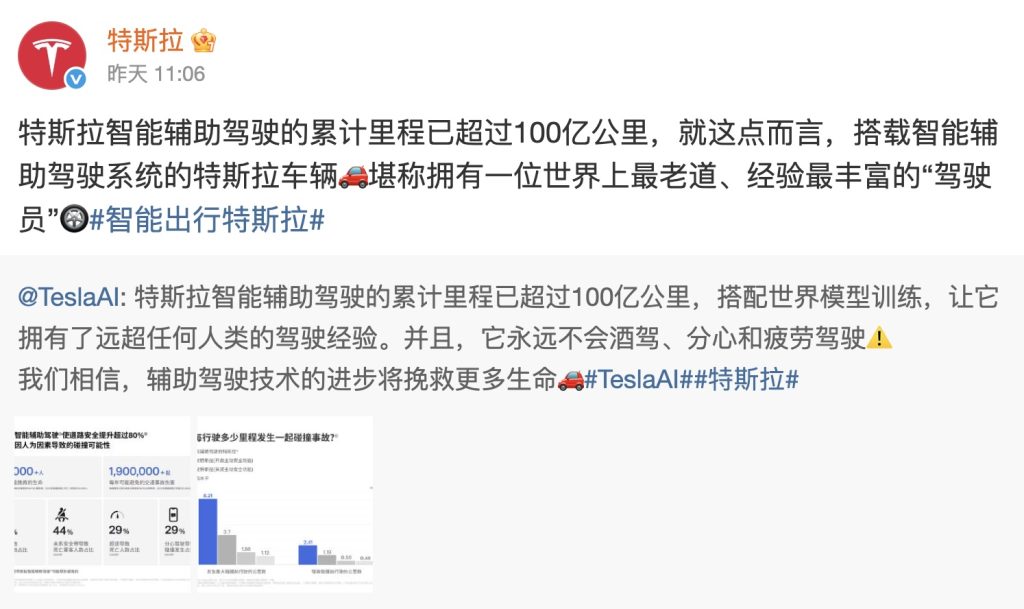
Elon Musk’s 10-billion-km estimate, way back in 2016
When Elon Musk published Master Plan Part Deux, he outlined his vision for the company’s autonomous driving system. At the time, Autopilot was still very new, though Musk was already envisioning how the system could get regulatory approval worldwide. He estimated that worldwide regulatory approval will probably require around 10 billion miles of real-world driving data, which was an impossible-sounding amount at the time.
“Even once the software is highly refined and far better than the average human driver, there will still be a significant time gap, varying widely by jurisdiction, before true self-driving is approved by regulators. We expect that worldwide regulatory approval will require something on the order of 6 billion miles (10 billion km). Current fleet learning is happening at just over 3 million miles (5 million km) per day,” Musk wrote.
It’s quite interesting but Tesla is indeed getting regulatory approval for FSD (Supervised) at a steady pace today, at a time when 10 billion miles of data has been achieved. The system has been active in the United States and has since been rolled out to other countries such as Australia, New Zealand, China, and, more recently, South Korea. Expectations are high that Tesla could secure FSD approval in Europe sometime next year as well.
News
Elon Musk’s Boring Company reveals Prufrock TBM’s most disruptive feature
As it turns out, the tunneling startup, similar to other Elon Musk-backed ventures, is also dead serious about pursuing reusability.
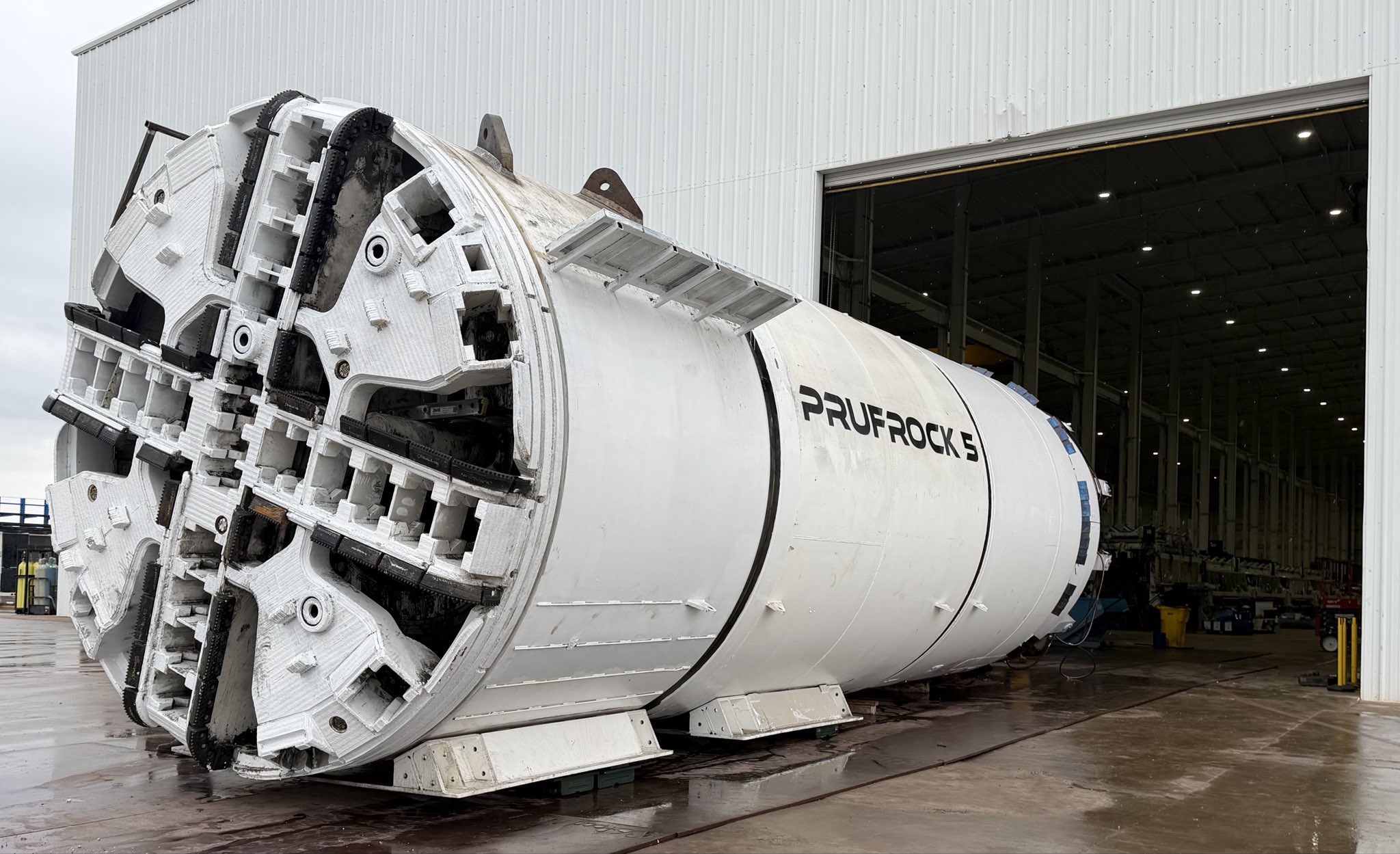
The Boring Company has quietly revealed one of its tunnel boring machines’ (TBMs) most underrated feature. As it turns out, the tunneling startup, similar to other Elon Musk-backed ventures, is also dead serious about pursuing reusability.
Prufrock 5 leaves the factory
The Boring Company is arguably the quietest venture currently backed by Elon Musk, inspiring far fewer headlines than his other, more high-profile companies such as Tesla, SpaceX, and xAI. Still, the Boring Company’s mission is ambitious, as it is a company designed to solve the problem of congestion in cities.
To accomplish this, the Boring Company would need to develop tunnel boring machines that could dig incredibly quickly. To this end, the startup has designed Prufrock, an all-electric TBM that’s designed to eventually be fast enough as an everyday garden snail. Among TBMs, such a speed would be revolutionary.
The startup has taken a step towards this recently, when The Boring Company posted a photo of Prufrock-5 coming out of its Bastrop, Texas facility. “On a rainy day in Bastrop, Prufrock-5 has left the factory. Will begin tunneling by December 1. Hoping for a step function increase in speed,” the Boring Company wrote.
Prufrock’s quiet disruption
Interestingly enough, the Boring Company also mentioned a key feature of its Prufrock machines that makes them significantly more sustainable and reusable than conventional TBMs. As per a user on X, standard tunnel boring machines are often left underground at the conclusion of a project because retrieving them is usually more expensive and impractical than abandoning them in the location.
As per the Boring Company, however, this is not the case for its Prufrock machines, as they are retrieved, upgraded, and deployed again with improvements. “All Prufrocks are reused, usually with upgrades between launches. Prufrock-1 has now dug six tunnels,” the Boring Company wrote in its reply on X.
The Boring Company’s reply is quite exciting as it suggests that the TBMs from the tunneling startup could eventually be as reusable as SpaceX’s boosters. This is on brand for an Elon Musk-backed venture, of course, though the Boring Company’s disruption is a bit more underground.
News
Tesla accused of infringing robotics patents in new lawsuit
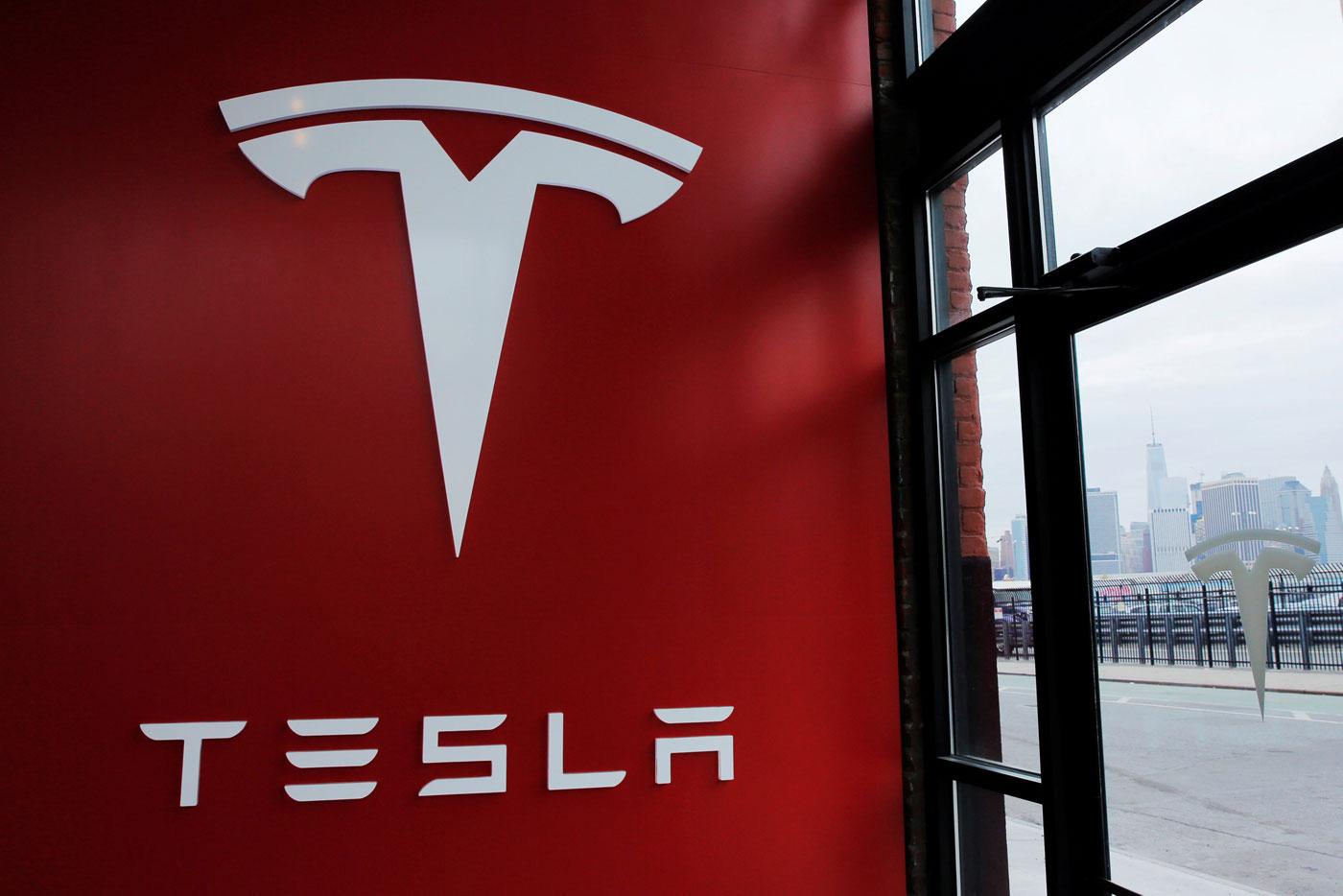
Tesla is being accused of infringing robotics patents by a company called Perrone Robotics, which is based out of Charlottesville, Virginia.
The suit was filed in Alexandria, Virginia, and accuses Tesla of knowingly infringing upon five patents related to robotics systems for self-driving vehicles.
The company said its founder, Paul Perrone, developed general-purpose robotics operating systems for individual robots and automated devices.
Perrone Robotics claims that all Tesla vehicles utilizing the company’s Autopilot suite within the last six years infringe the five patents, according to a report from Reuters.
Tesla’s new Safety Report shows Autopilot is nine times safer than humans
One patent was something the company attempted to sell to Tesla back in 2017. The five patents cover a “General Purpose Operating System for Robotics,” otherwise known as GPROS.
The GPROS suite includes extensions for autonomous vehicle controls, path planning, and sensor fusion. One key patent, U.S. 10,331,136, was explicitly offered to Tesla by Perrone back in 2017, but the company rejected it.
The suit aims to halt any further infringements and seeks unspecified damages.
This is far from the first suit Tesla has been involved in, including one from his year with Perceptive Automata LLC, which accused Tesla of infringing on AI models to interpret pedestrian/cyclist intent via cameras without licensing. Tesla appeared in court in August, but its motion to dismiss was partially denied earlier this month.
Tesla also settled a suit with Arsus LLC, which accused Autopilot’s electronic stability features of infringing on rollover prevention tech. Tesla won via an inter partes review in September.
Most of these cases involve non-practicing entities or startups asserting broad autonomous vehicle patents against Tesla’s rapid iteration.
Tesla typically counters with those inter partes reviews, claiming invalidity. Tesla has successfully defended about 70 percent of the autonomous vehicle lawsuits it has been involved in since 2020, but settlements are common to avoid discovery costs.
The case is Perrone Robotics Inc v Tesla Inc, U.S. District Court, Eastern District of Virginia, No. 25-02156. Tesla has not yet listed an attorney for the case, according to the report.








